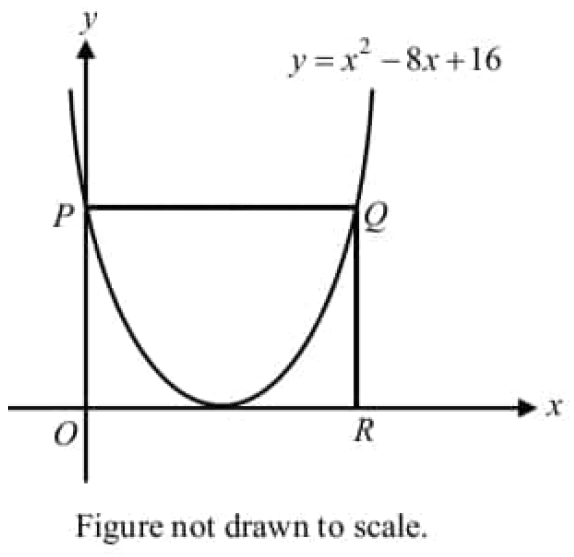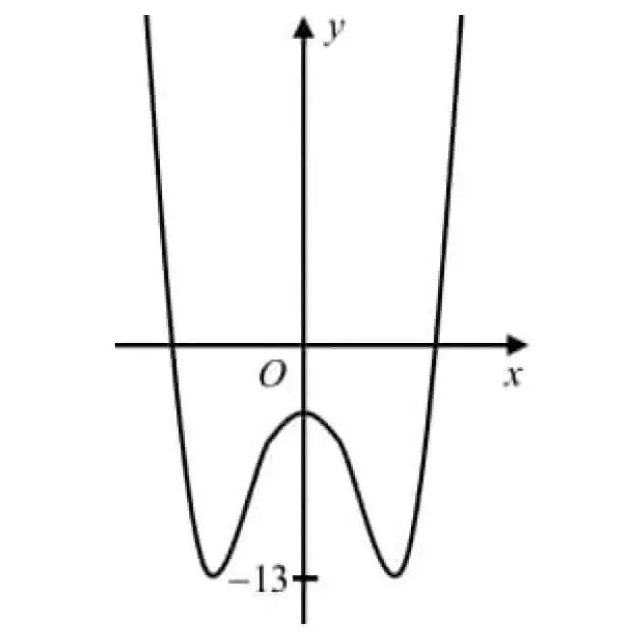ASSOCIATIVE PROPERTY OF SET WORKSHEET
Question 1 :
Given, A = {1, 2, 3, 4, 5}, B = {3, 4, 5, 6} and C = {5, 6, 7, 8}.
Show that
Au(BuC) = (AuB)uC
Also, verify the above using Venn diagram.
Question 2 :
Given A = {a, b, c, d}, B = {a, c, e} and C = {a, e}.
Show that
An(BnC) = (AnB)nC
Also, verify the above using Venn diagram.
Question 3 :
Verify Au(BuC) = (AuB)uC for the following three sets A, B and C.
A = {x : x is a prime factor of 42}
B = {x | 5 < x ≤ 12, x ∊ N}
C = {1, 4, 5, 6}

1. Answer :
Given, A = {1, 2, 3, 4, 5}, B = {3, 4, 5, 6} and C = {5, 6, 7, 8}.
BuC = {3, 4, 5, 6} u {5, 6, 7, 8}
Buc = {3, 4, 5, 6, 7, 8}
Au(BuC) = {1, 2, 3, 4, 5} u { 3, 4, 5, 6, 7, 8}
Au(BuC) = {1, 2, 3, 4, 5, 6, 7, 8} ----(1)
AuB = {1, 2, 3, 4, 5} u {3, 4, 5, 6}
AuB = {1, 2, 3, 4, 5, 6}
(AuB)uC = {1, 2, 3, 4, 5, 6} u {5, 6, 7, 8}
= {1, 2, 3, 4, 5, 6, 7, 8} ----(2)
From (1) and (2),
Au(BuC) = (AuB)uC
Venn Diagram :
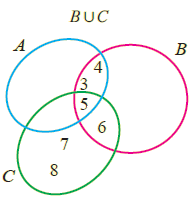 |
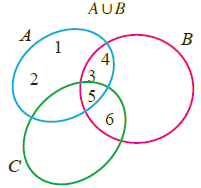 |
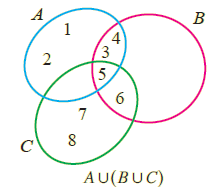 |
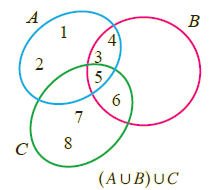 |
2. Answer :
Given A = {a, b, c, d}, B = {a, c, e} and C = {a, e}.
BnC = {a, c, e} n {a, e}
BnC = {a, e}
An(BnC) = {a, b, c ,d} n {a, e}
An(BnC) = {a} ----(1)
AnB = {a, b, c, d} n {a, c, e}
AnB = {a, c}
(AnB)nC = {a, c} n {a,e}
(AnB)nC = {a} ----(2)
From (1) and (2),
An(BnC) = (AnB)nC
Venn Diagram :
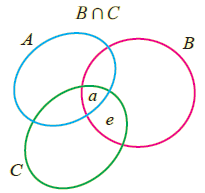 |
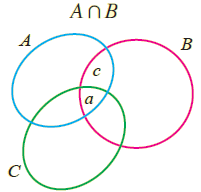 |
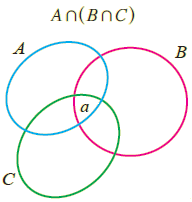 |
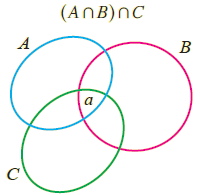 |
3. Answer :
A = {x : x is a prime factor of 42} ---> A = {2, 3, 7}
B = {x | 5 < x ≤ 12, x ∊ N} ----> B = {6, 7, 8, 9, 10, 11, 12}
C = {1, 4, 5, 6}
BuC = {6, 7, 8, 9, 10, 11, 12} u {1, 4, 5, 6}
BuC = {1, 4, 5, 6, 7, 8, 9, 10, 11, 12}
Au(BuC) = {2, 3, 7} u {1, 4, 5, 6, 7, 8, 9, 10, 11, 12}
Au(BuC) = {1, 2, 3, 4, 5, 6, 7, 8, 9, 10, 11, 12} ----(1)
AuB = {2, 3, 7} u {5, 6, 7, 8, 9, 10, 11, 12}
AuB = {2, 3, 5, 6, 7, 8, 9, 10, 11, 12}
(AuB)uC = {2, 3, 5, 6, 7, 8, 9, 10, 11, 12} u {1, 4, 5, 6}
(AuB)uC = {1, 2, 3, 4, 5, 6, 7, 8, 9, 10, 11, 12} ----(2)
From (1) and (2),
Au(BuC) = (AuB)uC
Kindly mail your feedback to v4formath@gmail.com
We always appreciate your feedback.
©All rights reserved. onlinemath4all.com
Recent Articles
-
Permutation Problems with Solutions
May 08, 25 12:28 PM
Permutation Problems with Solutions -
Digital SAT Math Problems and Solutions (Part - 159)
May 08, 25 01:39 AM
Digital SAT Math Problems and Solutions (Part - 159) -
Digital SAT Math Problems and Solutions (Part - 158)
May 06, 25 11:00 AM
Digital SAT Math Problems and Solutions (Part - 158)
